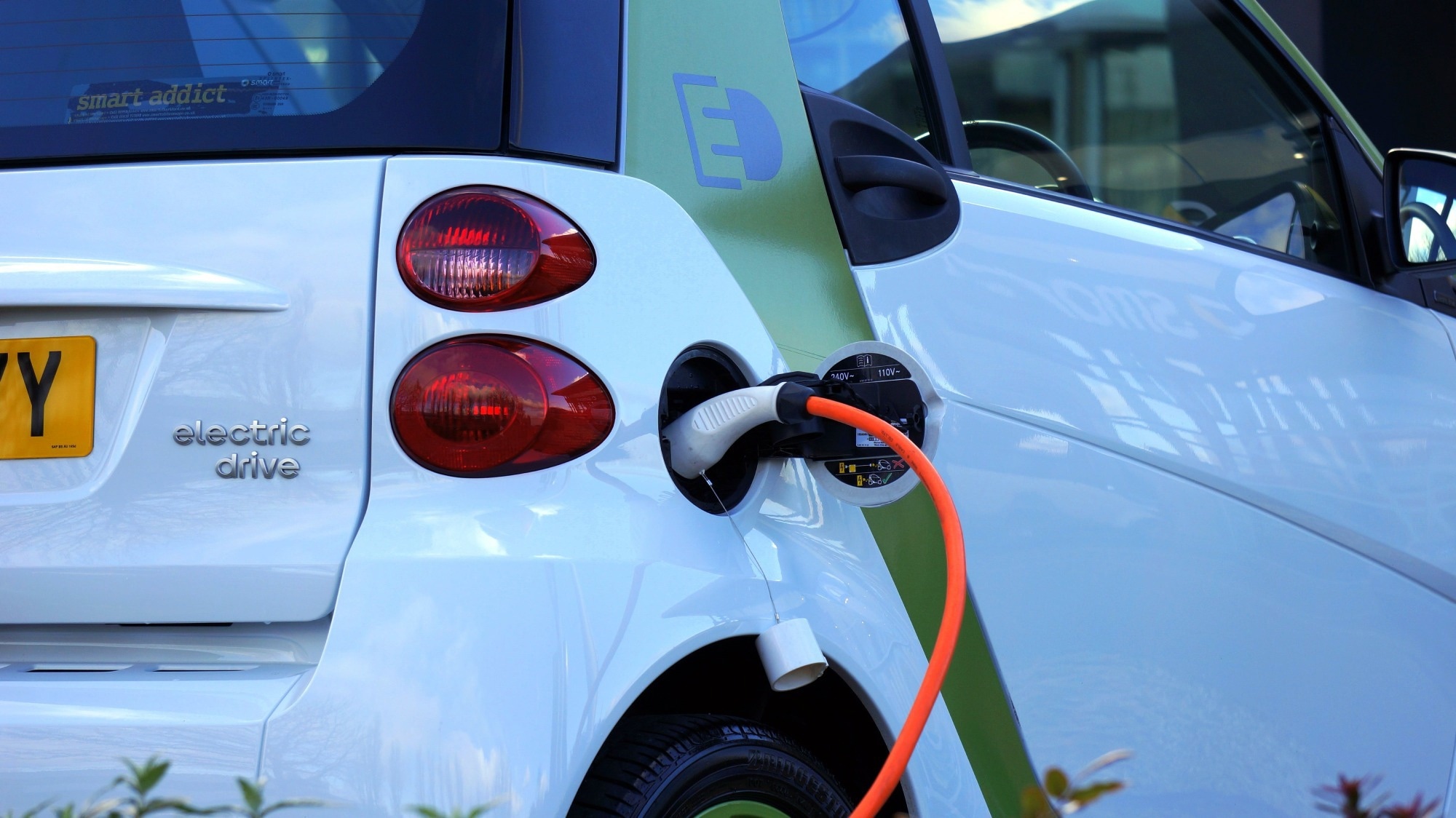A novel lithium metal battery that can be recharged in a couple of minutes and charged and drained at least 6,000 times, more than any existing pouch battery cell, has been developed by researchers at the Harvard John A. Paulson School of Engineering and Applied Sciences (SEAS).

Image Credit: Harvard John A. Paulson School of Engineering and Applied Sciences
This research provides fresh insights into the materials utilized in these potentially revolutionary solid-state batteries, in addition to describing a novel approach to producing them with a lithium metal anode.
Nature Materials published the study.
Lithium metal anode batteries are considered the holy grail of batteries because they have ten times the capacity of commercial graphite anodes and could drastically increase the driving distance of electric vehicles. Our research is an important step toward more practical solid state batteries for industrial and commercial applications.
Xin Li, Study Senior Author and Associate Professor, Materials Science & Mechanical Engineering, Harvard John A. Paulson School of Engineering and Applied Sciences
The development of dendrites on the anode's surface presents one of the main design problems for these batteries. These structures penetrate the barrier separating the anode and cathode and grow into the electrolyte-like roots, shorting or even setting the battery on fire.
Lithium ions go from the cathode to the anode during charging and plate, or adhere to the anode’s surface, to produce these dendrites. Dendrites can take root on the anode when plating occurs because it produces an uneven, non-homogeneous surface similar to dental plaque.
It is necessary to remove the plaque-like coating from the anode after discharge, but if the plating is uneven, this might take a long time and leave potholes that cause further uneven plating to occur in the subsequent charge.
Li and colleagues (2021) presented a potential solution to dendrites through the construction of a multilayer battery that positioned several materials with differing stabilities between the anode and cathode. Instead of completely preventing the entrance of lithium dendrites, this multilayer, multi-material architecture managed and contained them.
In this new study, Li and colleagues use micron-sized silicon particles in the anode to restrict the lithiation reaction and enable homogenous plating of a thick layer of lithium metal, so preventing dendrite formation.
In this design, the lithiation process is restricted to the shallow surface when lithium ions migrate from the cathode to the anode during charging. The ions cling to the silicon particle’s surface but do not penetrate any farther.
The chemistry of liquid lithium-ion batteries, in which the lithium ions enter through a profound lithiation process and eventually destroy silicon particles in the anode, is noticeably different from this.
However, in a solid-state battery, the ions on the silicon surface are confined and go through a dynamic process called lithiation, which results in the formation of lithium metal plating around the silicon core.
Li added, “In our design, lithium metal gets wrapped around the silicon particle, like a hard chocolate shell around a hazelnut core in a chocolate truffle.”
Dendrite development is inhibited by these coated particles because they provide a homogeneous surface across which the current density is uniformly distributed. Additionally, the battery can be recharged in only ten minutes or less since plating and stripping can occur rapidly on an even surface.
The battery was constructed by the researchers as a postage stamp-sized pouch cell, which is 10–20 times bigger than the coin cells produced in the majority of university labs. The battery outperformed comparable pouch cell batteries on the market today, keeping 80% of its capacity after 6,000 cycles.
Li and three other Harvard alumni co-founded Adden Energy, a Harvard spinoff firm, which has a license to use the technology from the Harvard Office of Technology Development. The company has advanced its technique to create a pouch cell battery the size of a smartphone.
Li and his colleagues have identified the characteristics of silicon that enable it to limit the diffusion of lithium and so support the dynamic process that favors homogenous plating of thick lithium.
They then calculated this unique property descriptor for every known inorganic substance and defined it to characterize such a process. The scientists discovered hundreds of other compounds that could deliver similar outcomes as a result.
“Previous research had found that other materials, including silver, could serve as good materials at the anode for solid state batteries. Our research explains one possible underlying mechanism of the process and provides a pathway to identify new materials for battery design,” Li further added.
Luhan Ye, Yang Lu, Yichao Wang, and Jianyuan Li are co-authors of the study. The Harvard Data Science Initiative Fund, the Department of Energy Vehicle Technology Office, and the Harvard Climate Change Solutions Fund also provided support.
Journal Reference:
Ye, L., et. al. (2023) Fast cycling of lithium metal in solid-state batteries by constriction-susceptible anode materials. Nature Materials. doi:10.1038/s41563-023-01722-x